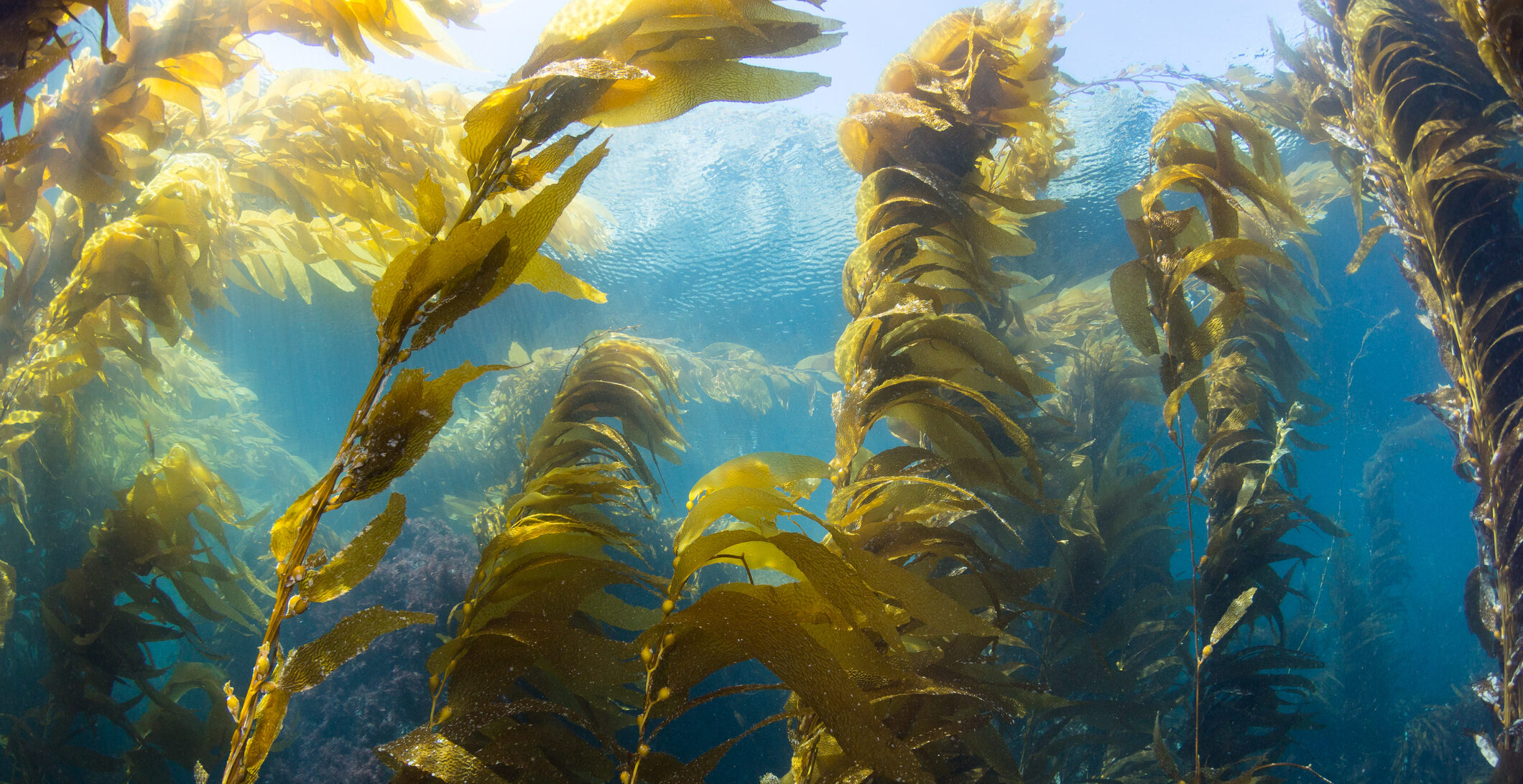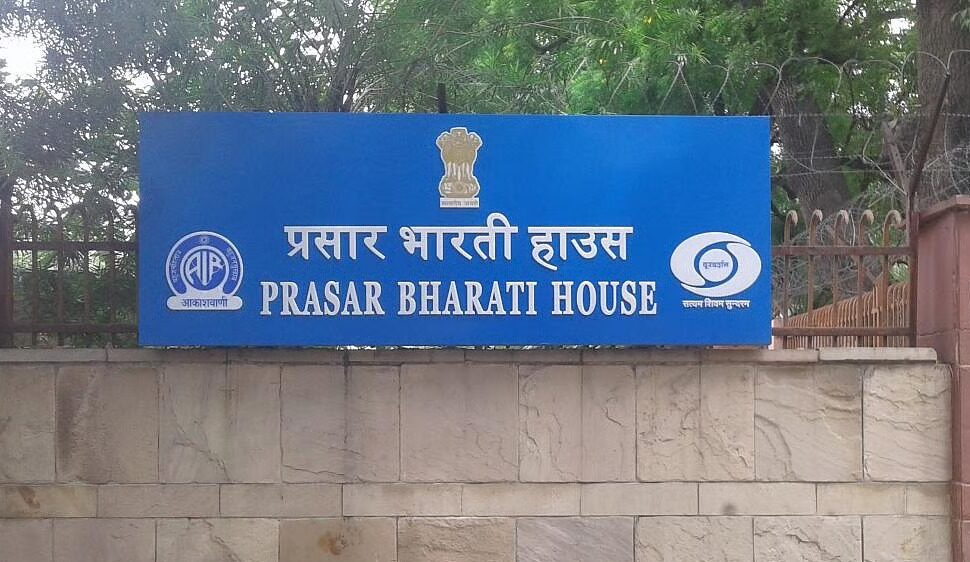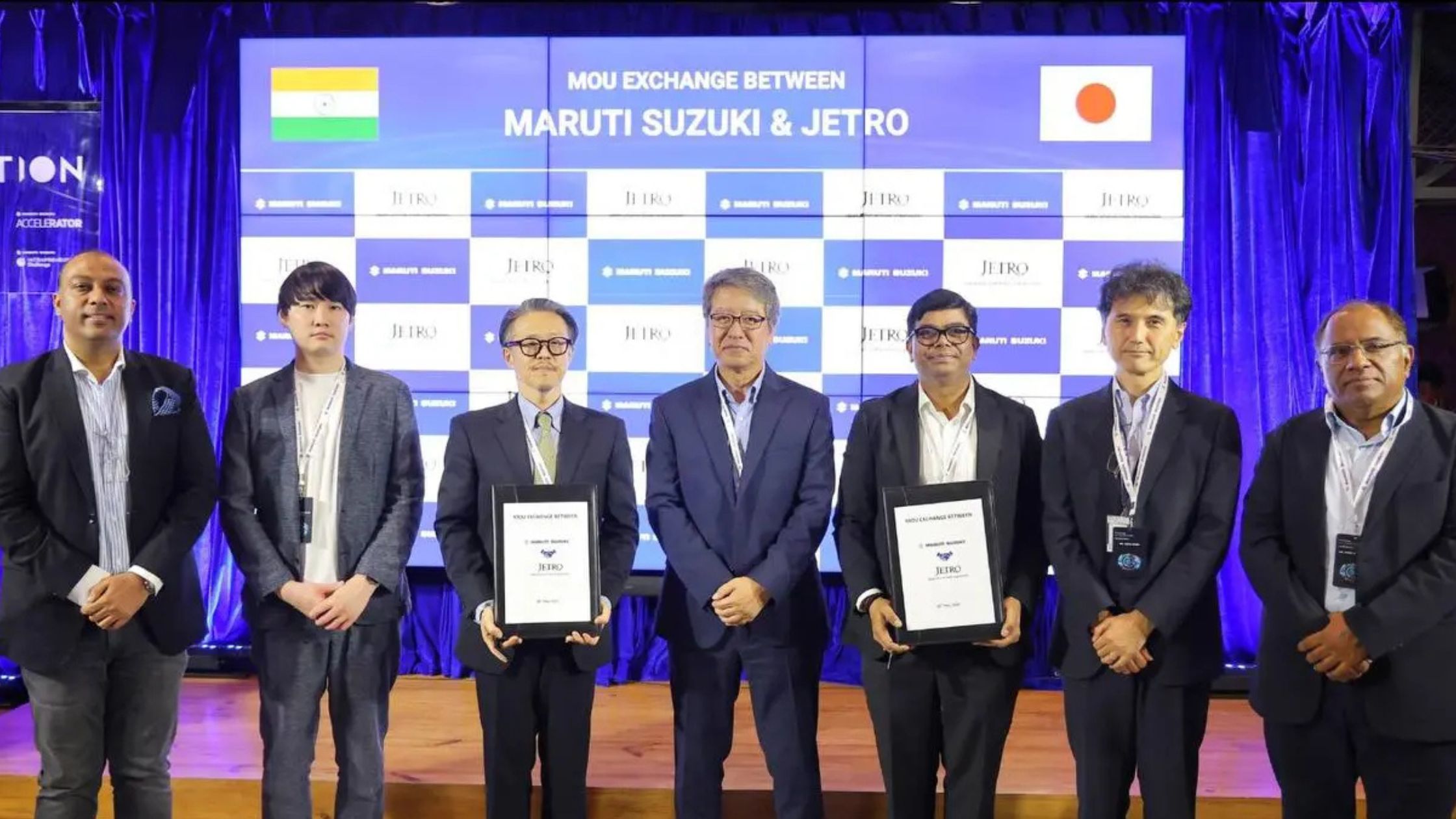It’s no secret that the world is becoming a catchment for plastic waste, and we’re at an all-time high in the fight to reduce plastic consumption. In response to this pressing issue, scientists have developed an innovative solution—seaweed-based materials as a sustainable alternative to plastic.
Materials researchers from Flinders University in Australia and German biomaterials developer one • fıve have developed a new nonpolluting seaweed-based coating material “designed to replace conventional fossil-based plastic coatings used in grease-resistant fast food packaging.”
The packaging used for items like hamburgers, fries, and chips from fast food restaurants is often coated with a thin layer of plastic to make it grease-resistant. However, this creates a recycling challenge, as the plastic coating is typically made from synthetic polymers like polyethylene or polypropylene, which are derived from petroleum. These materials don’t biodegrade and instead break down into smaller particles known as microplastics.

Benefits of Seaweed Packaging
- Sustainability: Seaweed grows rapidly without the need for fertilizers or freshwater, making it an environmentally friendly resource. It can absorb significant amounts of CO2 during its growth, contributing to carbon sequestration.
- Biodegradability: Unlike traditional plastics that persist in the environment for centuries, seaweed-based packaging is biodegradable, breaking down naturally without leaving harmful residues.
- Versatile Properties: Seaweed packaging can exhibit moisture resistance and heat resistance, making it suitable for various food items, including wet and oily products. It can also be made edible, enhancing its appeal as a packaging material.
- Rich in Polysaccharides: Seaweed contains valuable polysaccharides like alginate and carrageenan, which can be processed into films and coatings that mimic the properties of plastic while being more environmentally friendly.
Cost Comparison
- Production Costs: The production of seaweed-based packaging involves complex processes such as extraction, refinement, and processing of seaweed, which require advanced technology and infrastructure. This contributes to higher production costs compared to conventional plastics, which benefit from established manufacturing processes and economies of scale.
- Market Dynamics: As the seaweed packaging industry is still emerging, production volumes are relatively low. This limits the ability to achieve economies of scale, keeping prices higher than those of established plastic packaging materials. In highly price-sensitive markets, this can hinder the adoption of seaweed alternatives.
- Potential for Cost Reduction: Researchers and companies are actively working on methods to reduce the costs associated with seaweed packaging. Innovations in processing techniques and scaling up production could make seaweed packaging more accessible and competitive against traditional plastics in the future.
- Environmental Costs: While traditional plastics are cheaper upfront, they incur significant environmental costs due to pollution and waste management issues. Seaweed packaging, being biodegradable and renewable, may present long-term savings by mitigating these environmental impacts.
Seaweed Packaging Market Size & Trends
The global seaweed packaging market size was valued at USD 699.23 million in 2023 and is expected to expand at a CAGR of 6.6% from 2024 to 2030. The global seaweed packaging market is driven by growing environmental concerns and a shift towards sustainable packaging solutions. Seaweed-based packaging has emerged as a promising alternative to traditional plastics due to its biodegradable and renewable nature. This demand is primarily fuelled by increasing awareness toward plastic pollution, especially in oceans, and stringent environmental regulations globally, pushing industries to adopt eco-friendly packaging solutions.
Challenges Due to Moisture Sensitivity
- Structural Integrity: While seaweed packaging can resist moisture, it is still sensitive to excessive humidity. High moisture levels can compromise the structural integrity of the packaging, making it less effective in protecting the food inside.
- Shelf Life Limitations: The effectiveness of seaweed-based materials can vary depending on their composition and processing methods. If not formulated correctly, they may not provide adequate protection for foods that require long-term storage in humid environments.
- Regulatory Considerations: As an emerging material, seaweed packaging must undergo rigorous testing to ensure it meets safety standards for various food applications. Moisture sensitivity may play a role in determining its regulatory compliance for specific uses.
ALSO READ : How this Delhi Entrepreneur Prevents 200 Tonnes of Plastic Waste!




















